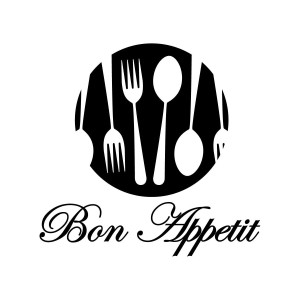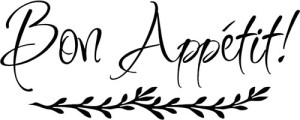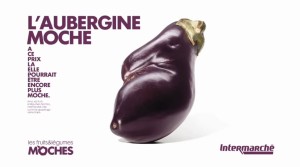 As promised, I’ve prepared additional lessons for my French 1 Mealtime unit around the themes of school cafeterias and restaurants. If you’re new to my blog, you can find the materials for the first part of this unit here ( https://madameshepard.com/?p=282) and the second part here (https://madameshepard.com/?p=321).
As promised, I’ve prepared additional lessons for my French 1 Mealtime unit around the themes of school cafeterias and restaurants. If you’re new to my blog, you can find the materials for the first part of this unit here ( https://madameshepard.com/?p=282) and the second part here (https://madameshepard.com/?p=321).
Here’s a packet with the new activities Mealtime Part 2 and below I’ve written a short description of how I will implement each lesson.
La Cantine Scolaire (2 -3 days) I’ll begin this lesson my playing the authentic video using the projector and pausing it often so that the students can jot down answers. Because understanding details from an authentic source such as this one is considerably above their proficiency level, I’ll invite the more proficient students to share their answers and I’ll add additional support by replaying and, if necessary, repeating the pertinent sections of the video so that all students can complete the task. I don’t generally take a grade on these activities, but I think they’re a good way to engage students at the beginning of a class, provide important (if only partially comprehensible) input, and are a rich source for cultural content. The students will then complete an interpersonal activity in which they interview a partner about his/her experiences and opinions of our school cafeteria. I like to follow up these activities by using the same questions and asking the students to either give their own answer or report back on their partner’s answer. My students continue to struggle in identifying the subject in a question that they hear, so these questions/answers provide additional practice in making this distinction. Although I have not included it in the packet, I would consider having the students write a short paragraph about their own answers to these same questions as a homework/writing assignment. On the second day of this lesson the students will read a comic from Astrapi magazine (Pic et Pik p1 Pic et Pik p2) and complete an interpretive activity. They will then write a list of cafeteria rules based on the language and structures they encountered in the comic. I have designed this presentational activity to introduce the expression Il faut, as well as to use the vocabulary from the comic. Next, the students will interview a partner about his/her behavior in the cafeteria and then write a note explaining how their own behavior is better than their partner’s, so that they will be chosen as Student of the Month. Lastly, I have included two other videos about French school cafeterias. Depending on timing, I might show these videos in a different order than they are presented in the packet.
Le Restaurant (2 days) This lesson posed a real challenge for me. I need my students to be able to use and understand phrases that are specific to ordering restaurant meals, as this was the goal for my unit and will be assessed in the IPA. However, I was not able (during the time I had available) to find an authentic video that I could use to provide input or interpretive communication for these phrases. If you have any ideas, please share!!! Given my time constraints, I resorted to having my students watch a series of educational (not authentic) videos to familiarize them with the phrases they will need to know to order meals. I assigned the first video as homework, so that the students would come to class with a list of the phrases that they would need. I will start the class period with a silly restaurant song, and then have the students practice a guided restaurant dialogue. I have several authentic menus that I will pass out to add authenticity to this activity. The students will then read an infographic (included in packet) about dining out in Paris. On the second day of this lesson, the students will first interview a partner about his/her dining out habits. I will then project the photo (in packet) showing the terms for doneness of meat, before playing the (non-authentic) podcast of a restaurant dialogue. Lastly, they will read an article about making healthy choices when dining out.
After this lesson, the students will be ready for their IPA, which will consist of the following tasks.
Interpersonal: The students will discuss various items on an authentic menu and then place their order with the waitress (Madame, bien sur!)
Interpretive Listening: The students will watch authentic cartoons depicting mealtimes.
Interpretive Reading: The students will complete an interpretive task on an authentic menu.
Presentational Writing: The students will write a message to their future exchange student about their own eating habits.
As always, I’d appreciate any and all feedback on these materials.


